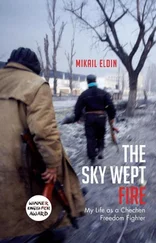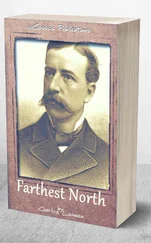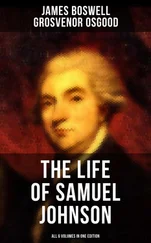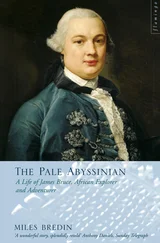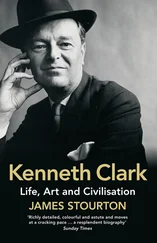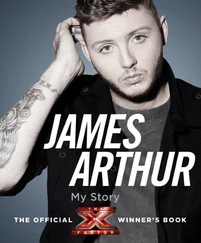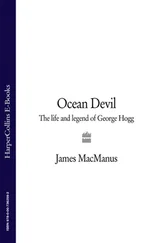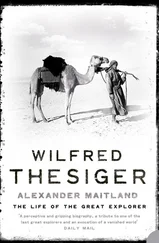“Where were you living in June of 1966?” Brown asked.
“One-thirty-eight Redwood Avenue,” Bello answered.
“Did you tell the police on June 17, 1966, where you lived?” Brown asked.
“Yes.”
“Where did you tell them you lived?”
“It had to be Redwood Avenue,” he said.
“Would you look at this please.” Brown showed him a written statement. “I show you S-40 for identification. Is there a date in the upper left-hand corner?” he asked.
“June 17, 1966,” Bello said.
“Is that your signature?”
“Yes.”
“What does it say with respect to your full name, age, and address?”
“Maple Avenue,” Bello conceded.
“Where did you live in June of 1966?” Brown asked again.
“On Maple Avenue.”
“You lived in Clifton?” Brown asked.
“Yes.”
“You have difficulty recalling where you lived less than a year ago?”
“I’m not very good on dates,” Bello said.
“You’re not very good on memory either, are you,” Brown snapped.
Bello conceded that he had lied to the police on the night of the murders when he said the assailants had chased him up the street; now he claimed the gunmen did not chase him at all—and he also tried to backpedal from his initial description of the men.
“You told, at the very scene, other police officers … that these men were of slim build, five eleven or so, is that correct?” Brown asked.
“I meant to say one was a little taller than the other,” Bello said.
The witness said he could not recall exactly what he had told the police. Brown pulled out Bello’s original police statement on the description of the two gunmen.
“Do you deny telling Officer Unger and Officer Greenough on the morning of the seventeenth of June, 1966, that one man was five eleven and the other was five eleven and that both were slim built? You deny that?”
“I don’t deny anything. If it is there, it must be true.”
Bello then tried to explain more fully what he did after he entered the bar. He did not have a dime to make a telephone call, he said, so he stepped over the bleeding dead body of Jim Oliver to reach the cash register. “I went in there to try to help, and when I went to the cash register to get that dime, basically I am a thief. I will admit that.” With the courtroom in titters, he continued. “I did go to the cash register to get a dime, but when I seen this money, knowing myself, knowing that I am a thief, I did take some money. But I am not an assassin. Remember that.”
With $62 of stolen cash in hand, Bello stepped back over Oliver’s corpse and left the bar.
Bello was grilled on the witness stand for two days, and Ray Brown ended his interrogation with a flourish of indignation.
“When you stole that money from the cash register sitting behind the bar, did you have to pass by Hazel Tanis lying there on the floor begging for help?”
“Yes,” Bello answered.
“And Mr. William Marins slumped on the barstool shot in the head?”
“Yes.”
“And Fred Nauyoks lying dead at the bar?”
“Yes, Mr. Brown.”
“Then you stepped over Jim Oliver lying dead behind the bar to get to the cash register. When did you do all of this, mister?”
“Do what?” Judge Larner intervened.
Brown whipped around and looked at the judge. “Slay the bartender,” he said.
“What!” Judge Larner screamed.
“When did he slay the bartender?” Brown repeated. “That is addressed to him,” pointing to Bello.
“Objection!” shouted the prosecutor.
“Answer that,” the judge told Bello.
“It is not to my knowledge,” the witness said defiantly.
“No further questions, Your Honor,” Brown snarled, stalking away. “Not to his knowledge,” he said derisively as he passed the jury.
Arthur Dexter Bradley, a lanky, red-haired twenty-three-year-old, already had six convictions under his belt by the time of the trial. But unlike Bello, he was locked away in the Morris County Jail, and he had additional charges pending on four armed robberies. He was a poor thief and a worse prisoner: he had tried to escape from jail and failed. He testified that he recognized Carter running down Lafayette Street after the shooting, even though he had only seen Carter once before, two years earlier. Asked by Hull to point out the man he saw running down the street, Bradley pointed to Carter.
“Pointing where,” Judge Larner asked. “Tell us again.”
This time Bradley spoke. “That Negro right there.”
That Negro, indeed. The dividing line of this trial had been clearly drawn, and it cut along race. The prosecutor and his staff were white. The investigators and police officers were white. The judge was white. The victims were white. Their family and friends in the courtroom were white. The state’s witnesses were white. The jury, save one man, was white. The courtroom clerk was white. The courthouse guards were white, and the courthouse attendees were white. Rubin Carter was black, bald, and bearded. His co-defendant was black. His lawyer was black. His alibi witnesses were black. His family and friends who crowded the courtroom were black. Could a white juror look at that contrasting tableau and not be affected? Carter feared not. He believed that once a juror is called to serve the government, he takes on the mantle of the government. The juror is now part of a famous case. He is now part of the system, and he is going to do what the system wants. In Carter’s mind, the juror thinks: Maybe the government didn’t prove it, but they must know something. Otherwise, we wouldn’t be here.
Carter kept his feelings about race to himself. In fact, he surprised both Brown and John Artis’s lawyer, Arnold Stein, by not complaining of racial prejudice. “With Bello and Bradley, I’d say, ‘Fuck these white sons-of-bitches,’” Brown recalled many years later. “Carter would say, ‘They’re sons of bitches,’ but he wouldn’t say they were white. To this day, I’ve never heard him say a racial epithet.”
Carter and Artis both testified. Carter gave the same account of his whereabouts on the night of the murder that he had already given the police and grand jury. He took the stand wearing the same clothing he had worn that night, including his cream sport coat. Patricia Graham Valentine had testified that she saw two well-dressed Negroes in dark clothes fleeing the bar.
After two and a half weeks of testimony, Ray Brown, in his closing argument, shambled over to the jury box and made clear what he thought this trial was all about: race. He started slowly, noting that the jurors needed to be guided by reason, “not passion, not prejudice, not bias. Reason. Reason. Reason.” He ticked off Carter’s alibi witnesses, who said they were around him between two and two-thirty on the night of the crime, then he reared back and lit into Bello and Bradley. He reminded the jury of the witnesses’ criminal records and that Bello in particular offered testimony that contradicted his previous statements. Is it not reasonable, Brown said, to assume that Bello “is testifying for hope, for favor?” He called Bello and Bradley “jackals” and “ghouls,” said the judge had prevented him from implying that they were responsible for the murders, but “I will imply with all my might” that they were somehow involved.
“Remember what [Bradley] said. It will remain with me forever for a special reason. I remember … he said, ‘That Negro over there.’ What is that, an animal? Well, I will tell you, in his voice it was there, and everything around this case revolves around that simple fact. They were Negro …”
Brown told the jury that his client had lived since 1957 “without a blemish” and that he “is now a human being standing in fear of his life … Can you believe that this man who did not run, who did not hide, did this, did these things? How can you believe this …?” Almost three hours into his summation, Brown reiterated that Carter did not fit the description of the killers; then, exhausted and with tears in his eyes, he closed by denouncing the courtroom proceeding and the city of Paterson.
Читать дальше

